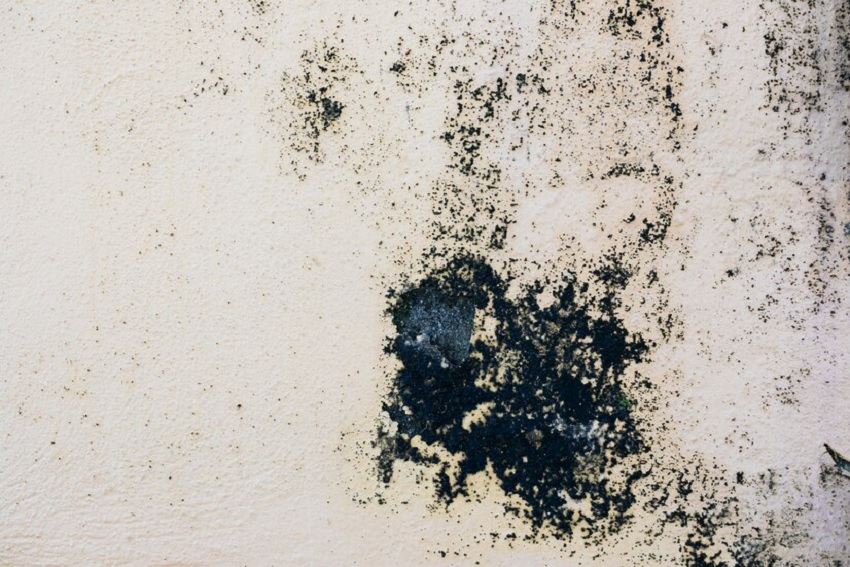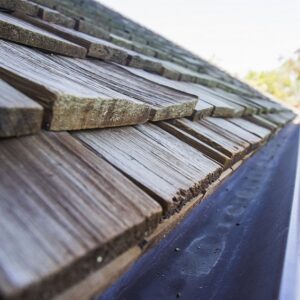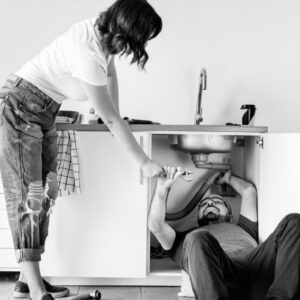Understanding Black Mold
Black mold, scientifically known as Stachybotrys chartarum, is a type of fungus that can pose health risks when present in indoor environments. Identifying black mold early is essential for prompt remediation, get rid of damp mold smell and maintaining a healthy living space.
Characteristics of Black Mold
- Color and Texture
Black mold typically appears dark greenish-black and has a slimy or powdery texture. However, its appearance can vary depending on the material it is growing on. - Growth Patterns
It often grows in clusters and can spread rapidly if not addressed. The mold colonies may have a patchy or streaked appearance. - Location
Black mold thrives in areas with consistent moisture. Check common areas such as bathrooms, kitchens, basements, and any spaces affected by water leaks or flooding. - Distinctive Odor
Black mold releases a musty and earthy odor. If you detect a strong, unpleasant smell, especially in conjunction with visible mold, it may be an indicator of black mold.
Identifying Black Mold in Specific Areas of Your House
- Bathrooms
Check areas around sinks, showers, and bathtubs for black mold. Pay attention to tile grout, shower curtains, and any damp or poorly ventilated areas. - Kitchens
Inspect under sinks, around the refrigerator drip pans, and near dishwashers. Check for leaks in plumbing and ventilation systems. - Basements
Examine basement walls, ceilings, and floors, especially if there is a history of water intrusion or flooding. Check for dampness and inadequate ventilation. - Attics
Investigate the attic for signs of roof leaks or insufficient ventilation. Mold growth in attics can be a result of poor insulation or improper roof drainage.
Health Symptoms Associated with Black Mold Exposure
- Respiratory Issues
Persistent coughing, sneezing, or difficulty breathing. - Allergic Reactions
Skin rashes, red eyes, or nasal congestion. - Other Symptoms
Headaches, fatigue, and flu-like symptoms.
Testing for Black Mold
- Home Testing Kits
Home mold testing kits can be purchased for do-it-yourself assessments; however, their precision may fluctuate. For more dependable and accurate results, it is recommended to opt for professional mold testing services. - Professional Mold Inspections
Hiring a certified mold inspector can provide a thorough assessment, including air quality testing.
Expert Tips for Identifying Black Mold
- Consult with Professionals
If in doubt, seek assistance from certified mold remediation professionals for accurate identification and appropriate remediation strategies. - Regular Inspections
Conduct routine inspections in moisture-prone areas of your home, especially after water-related incidents. - Address Water Issues Promptly
Fix leaks and address water intrusion promptly to prevent mold growth. - Educate Yourself
Stay informed about mold prevention and identification to better safeguard your home and health.
Remember, early detection and intervention is a key when it comes to black mold. The very first thought comes to home owners mind, does household cleaners like windex kill mold? But if you suspect the presence of black mold or experience health symptoms, it’s advisable to consult with professionals for a thorough assessment and appropriate remediation measures.




